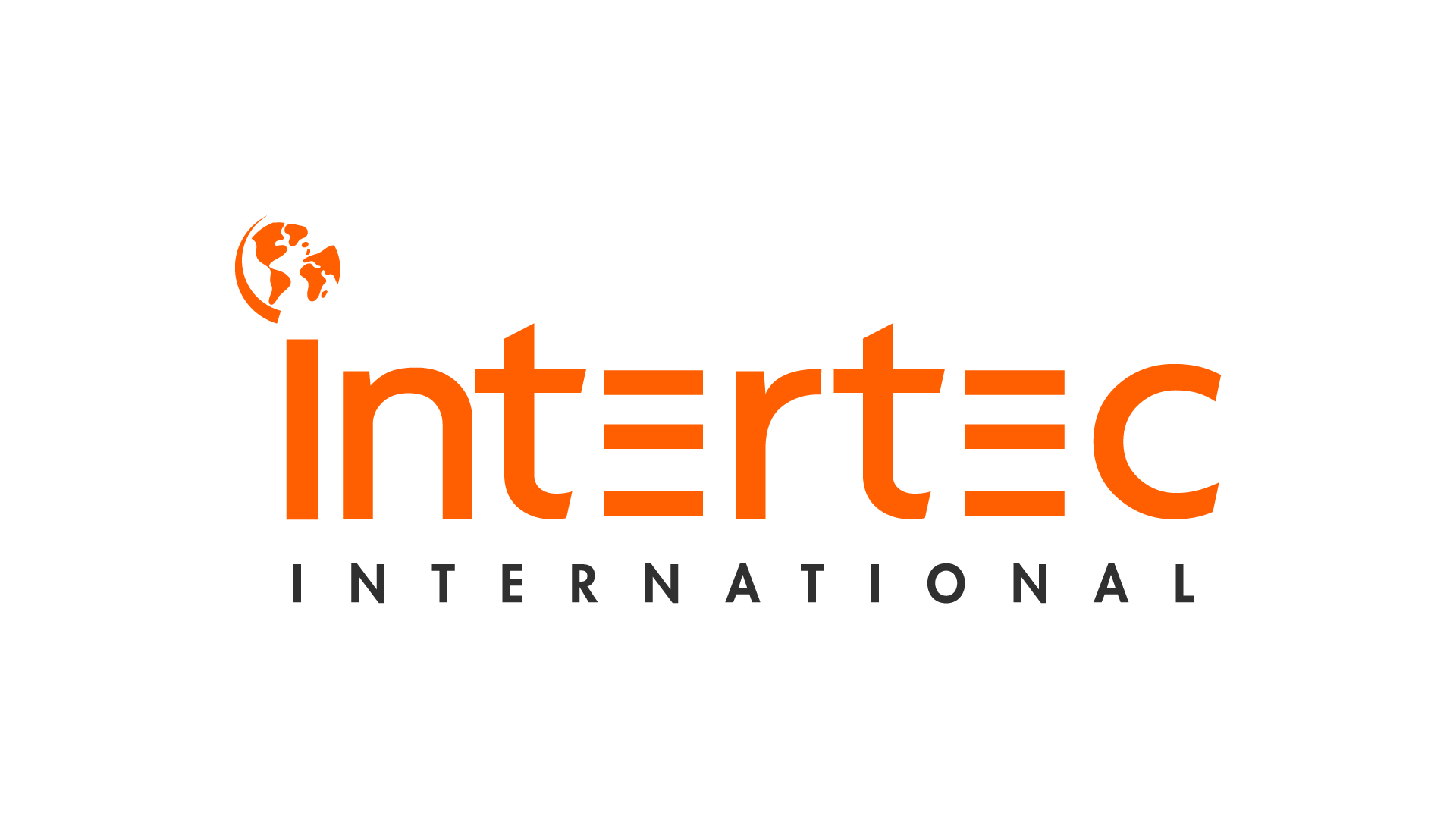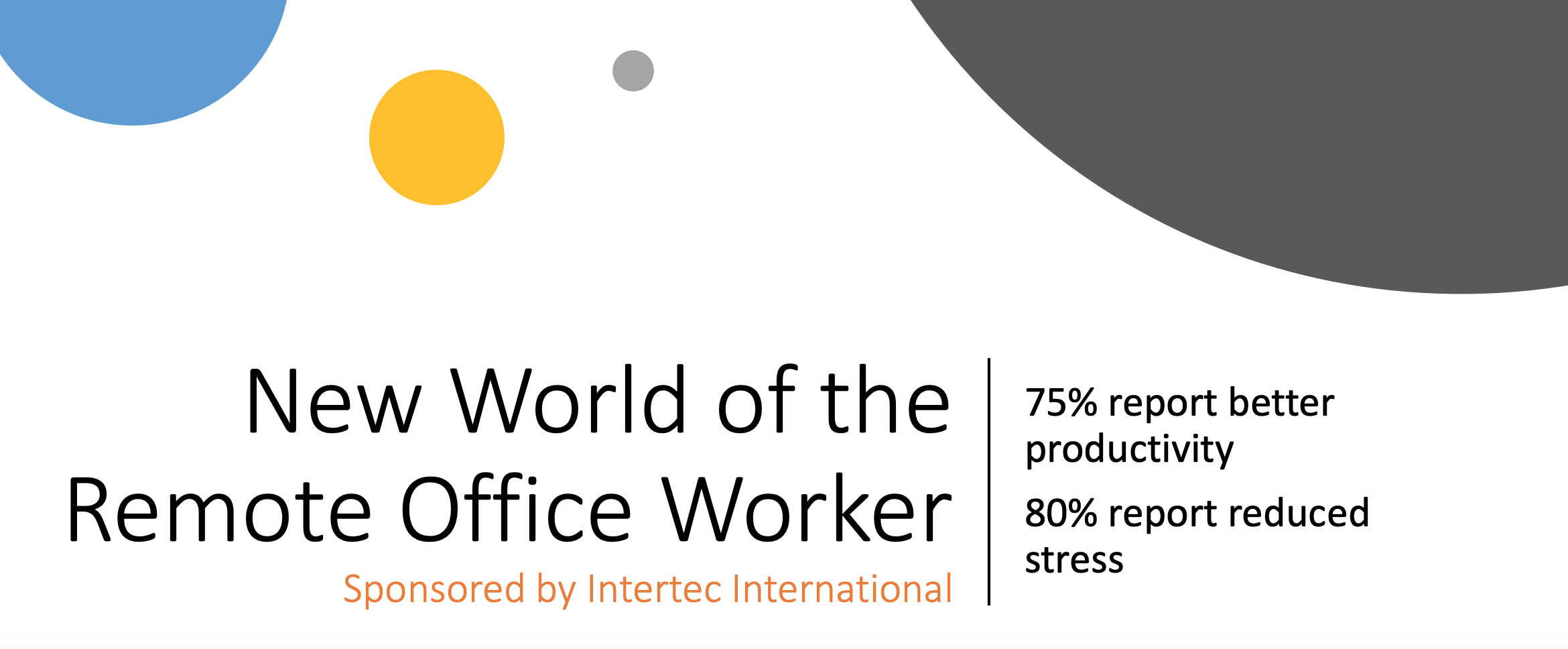The remote workforce has significantly grown in the past year, and it will likely continue to. Following the outbreak of the COVID-19 pandemic, many organizations were forced to transition their team members to remote work. Today, while many professionals are beginning to return to the office, many have seen the benefits of working remotely and will continue to do so full time. Currently, 69% of companies allow remote work, and 16% have gone entirely remote. Remote work can offer many benefits, such as a better work-life balance, eliminating time-consuming commutes, and increased safety.

Thanks to countless technological developments, remote work is possible and can even be more efficient than traditional work in some cases. That being said, many professionals are still relatively new to that work style and should prepare for the ups and downs that it brings. With the right tools and preparation, your organization can thrive while working remotely. We will walk through the implications associated with remote work to help you better prepare your team for this transition, whether temporary or long-term.
Remote Project Teams
A remote project team comprises professionals working together from different physical locations on a unified project. Team members can work separately from different locations, whether in different cities or even time zones. While this may seem challenging to manage compared to a traditional team located in the same office, remote teams can be highly beneficial. Remote work can contribute to higher employee engagement and satisfaction, which increases productivity and allows companies to retain talent more successfully. Research shows that 87% of remote employees experience less stress, and 30% feel more productive during their workday while remote. Clearly, this is something work looking into.
When you think of remote work, you may only think of fully remote teams, which is when every team member works from their home or a separate office. While this is typically the case, it is not the only type of remote team available. In addition to fully remote teams, you may also experience hybrid teams or flex teams. A hybrid team includes some team members working from a centralized location, such as the office, while others work remotely. Flex teams include team members who can work both remotely and from a centralized location, which may change depending on the day. No matter the style of a remote team you may be working with, technology has made this flexibility possible. As a result, there are significant benefits to be found in remote teams, which we will discuss.
Advantages
- Increased productivity. A significant benefit of remote work that may come as a surprise is increased levels of productivity. For many professionals, the office can be quite distracting. Alternatively, many have found that they were less distracted at home and could get more work done while working remotely. The flexibility to work when and where they want allows individuals to adapt to their natural energy cycles and be more productive while working.
- Reduced turnover. When professionals feel more productive and energized in their work, it translates into increased employee retention and less turnover for companies. Many employers think that offering remote work directly translates into retaining their employees. With reduced turnover, not only are you seeing more ROI in your team members, but you are also significantly saving in acquiring and training new talent.
- Reduced stress. It is also shown that remote employees experience less stress during the workday than their non-remote counterparts. Beyond feeling more comfortable in their workspace, remote work also allows for a better work-life balance for professionals, translating into reduced stress. Instead of spending hours commuting and stressing in the office, individuals can spend more time with their family, friends, and pets, significantly reducing stress.
- Access to top talent. Hiring in one geographic pool can drastically limit your access to talent. Being remote, on the other hand, opens your hiring options to the whole world, allowing you to acquire the best possible talent without commutes or travel to affect their decision. Furthermore, as the workforce is getting younger, offering remote work is highly appealing to new professionals, particularly Gen Z.
- Increased savings. Managing a large office space is expensive, but by offering remote work, this can be reduced. To manage a remote team, you will only need project management tools for video conferencing and data sharing, which is significantly less costly to acquire than tools for an entire office space.
Disadvantages
- Scheduling challenges. One challenge that you may face with remote teams is balancing scheduling with your project timeline. As team members may be working from different time zones, it can be challenging to schedule meetings and keep projects on track. Furthermore, team members must respect each other's time and recognize that while it may be business hours for one individual, it could be the middle of the night for others.
- Lack of communication. Scheduling challenges can largely root in a lack of communication between team members. Suppose team members are on completely polar schedules. In that case, they must find a compromise when they are available to meet and figure out how to collaborate on a project efficiently, even if communication is not constant.
- Missing accountability. Another challenge faced by remote work is holding team members accountable. If someone does not respond to an important email in a traditional office, you can likely track them down and speak to them face-to-face. But with remote work, it's not as simple. Having team members that you can trust to fulfill their commitments and stay in touch is crucial.
- Fostering company culture. Company culture is a significant component of every organization, but it can be challenging to cultivate while remote. Offering weekly virtual get-togethers can foster more personal relationships between colleagues and provide team members with the same sense of culture they would experience in the office.
Tips for Managing a Remote Team
With the ups and downs of remote work in mind, here are some best practices on how to effectively manage a remote team in a project:
1. Trust your team members
With a remote team, you cannot walk up to a team member's desk to check their progress or see if they are still in the office. Furthermore, you cannot expect someone to monitor their email or work on a project late into the evening simply because their work is accessible at home. Instead, there will be new boundaries set so that colleagues can respect one another's personal and office hours. It is essential that your remote team members discuss their schedules in advance and set up deadlines accordingly. Micromanaging your team can be counterproductive, so trust that your team members will manage their work efficiently and respect their time.
2. Provide clear goals and expectations
Hand-in-hand with communicating schedules, you should provide clear goals and expectations to your remote teams as well. If team members are expected to work at their own pace, they must know what needs to be done and precisely what is expected. Create a document with neatly organized plans that lays out each team member's responsibilities. This will make it clear who is responsible for what task, in addition to outlining who should be contacted regarding specific assignments. Additionally, goals very specific. Instead of asking for a project to be finished ASAP, ask, "I need this project finished by 3 pm EST Friday."
3. Offer direct feedback
Equally as important as providing clear goals is offering clear feedback. Managers should be comfortable offering both negative and positive feedback to remote employees. With specific feedback, team members can better understand expectations and improve in the future. If something needs to be changed, offer constructive feedback rather than criticism, helping to guide your team members in the right direction of what should be done instead. Furthermore, when an individual does something well – recognize their work! This will help continue to motivate team members to perform well.
4. Invest in remote project management tools
Remote work is only possible through the use of remote project management tools. Even though they may be working from home, team members still need access to project resources and their colleagues. For your remote team to be productive, they require remote project management software capable of supporting their work. This software should enable virtual communication and collaborations, in addition to assigning tasks to individuals, tracking milestones and deadlines, and providing access to information needed for daily tasks. Remote work can be extremely beneficial to organizations and individuals, but it must be supported by accessible and intelligent tools for it to be successful.









